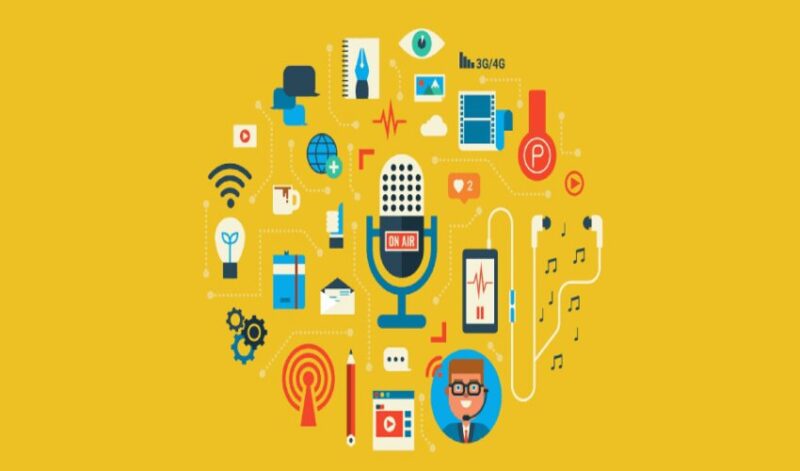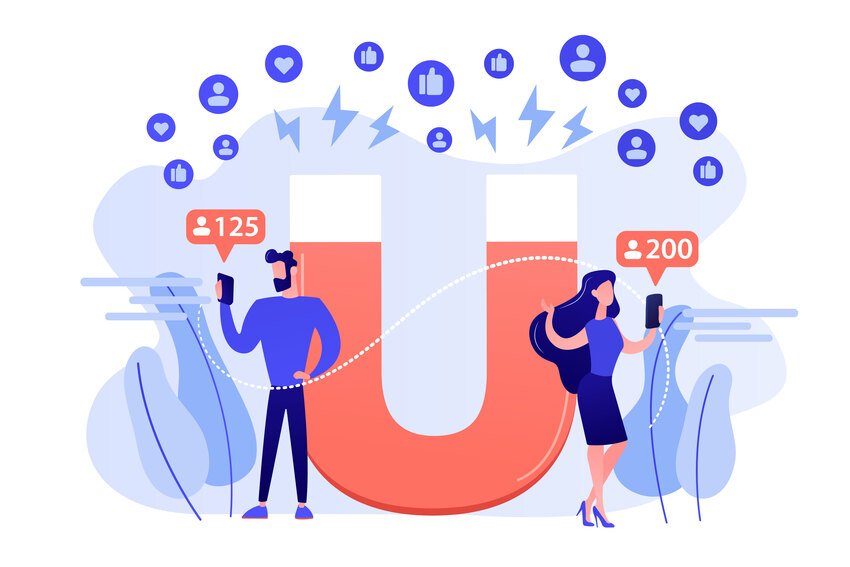The digital age has hugely transformed the marketing world. Businesses no longer rely on traditional TV ads or billboards to market their products and services.
To succeed in the current business landscape, you must stay on top of the latest digital marketing trends. From SEO to social media marketing to paid advertisement, you have to make the most of every digital channel to attain ROI-driven results.
Audio marketing is another method that has proven effective for businesses in today’s digital era. It’s a form of marketing that only uses sound to market your brand. Many businesses use audio marketing to connect with their target audience on an emotional level.
However, you must implement the right strategy to achieve desired results. Producing audio content aimlessly with no hook or direction will not create any engagement. In fact, it’ll only confuse your target audience and potential customers.
Defining what you want to achieve with your audio marketing campaign is important. Whether you want to improve your website traffic or brand awareness, having clarity about your goals can help you create an effective marketing strategy.
Let’s find out how audio can help you with digital marketing.
Using Royalty-free Music And Sound Effects
One of the best audio marketing strategies is to use royalty-free music and stock audio. As a business owner, you must know that music helps build an emotional connection with consumers.
Therefore, using royalty-free music that celebrates and represents your brand and product is crucial as it helps potential customers connect with your brand.
You may consider royalty-free music and relevant stock audio from a reliable online platform. It can help you portray your brand values more effectively and compel your customers to take an interest in what you’re selling.
Choosing the right music that can evoke the right emotions in your target audience is key. Put yourself in the customer’s shoes and analyze what kind of sound or music resonates with you and whether it engages you in the content. It will help you create a results-driven marketing campaign.
Podcast Your Existing Blogs
One of the easiest ways to create audio content is to convert your existing blogs into audio messages. It can save you time and effort as you don’t have to create brand-new content from scratch.
Converting a blog post into audio content is pretty simple. You can do it easily using a text-to-speech voice maker, which takes a few minutes to convert. However, time can vary according to the length of your blog. Adding sound effects and quotes can make your content more interesting.
Once you have the audio version of your blog, you can use it on different social media platforms to market your business.
Create Branded Podcasts
Podcasts have become popular recently, and businesses now use them to advertise their brand. You can create branded audio content to inform people about your products or services.
Top multinational companies also have their own podcasts that help them build a personal connection with their audience.
For example, McDonald’s has their own podcast: The Sauce. On the other hand, Johnson & Johnson also has the company’s podcast: Innovation. Check out these podcasts to get a better idea of what to do.
Planning is crucial if you want to create a high-quality branded podcast. You need to identify the topics for your podcast, so it can be easier for you to create an editorial calendar. Approach it like you do for social media marketing or blogging.
Create Audiograms
Another way to leverage audio content is by creating long-form and short-form audiograms. You can promote anything by using audiograms. These can be longer recordings or short clips, which can help you grab your target audience’s attention.
Unlike paid ads, you don’t have to make hefty investments to create audiograms. An audiogram is a snippet of audio in which you can also add relevant images to showcase your brand values.
You can share audiograms on different platforms like Instagram, Facebook, and X. Keeping the snippet precise is ideal for explaining any infographic or image, as online users prefer short content. But you can also opt for longer audiograms according to your needs.
Platforms like the public radio station and WNYC broadcast audiograms from top brands and companies.
Live Audio Streaming
One of the most effective ways to utilize audio for digital marketing is live audio streaming on different social media platforms. In 2016, Facebook released its live audio tool, which enables companies to share their brand stories through words. X also has its Periscope platform, enabling users to use the live-only broadcast feature.
You can also consider other audio-centric social networks: AudList, Listen, and Riffr. Apart from recording and posting audio content, you can also build connections with people on Riffr. In this way, you can interact with those who also create audio content and exchange valuable ideas to create quality audio pieces.
Using Advanced Voice Technology
Apple’s Siri, Google’s Home, and Amazon Echo have boosted the voice search trend. Online voice searches have increased big time in 2023, providing an excellent opportunity for marketers to stay relevant in their customers’ minds.
You must make your content voice search-friendly so it ranks high on search engines. The optimization process for audio content works the same way as it does for written content.
The only difference is that you do not have to focus on keywords but search phrases. Additionally, you can create short audio snippets to address customers’ queries within a few words and seconds.
Conclusion
Audio content is one of the most integral parts of today’s digital marketing. You can use it to boost your online presence and accomplish your business goals. From using royalty-free music to live audio streaming to the creation of audiograms, there are plenty of ways to advertise your business with the help of audio marketing. You just need to address the right pain points of your target audience to grab their attention.

Aimee Garcia is a senior editor at ReadDive. She has 5+ years of experience in Digital Marketing. She has worked with different IT companies.





